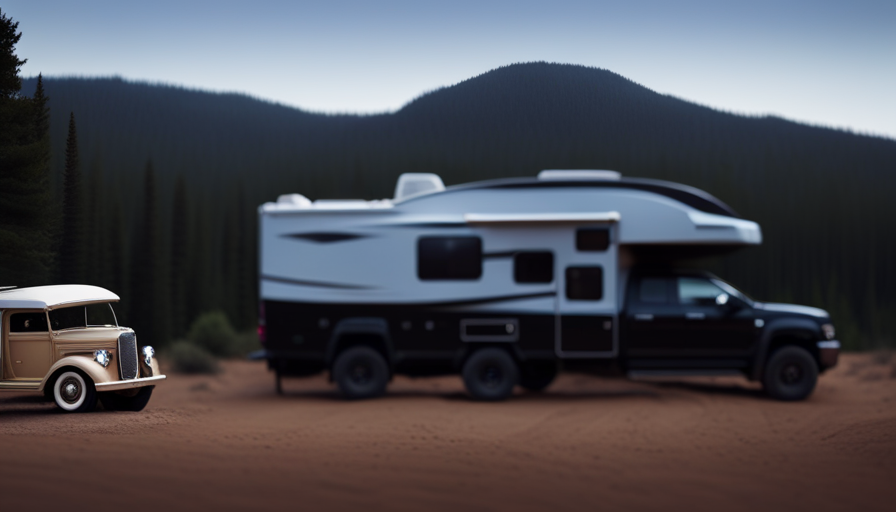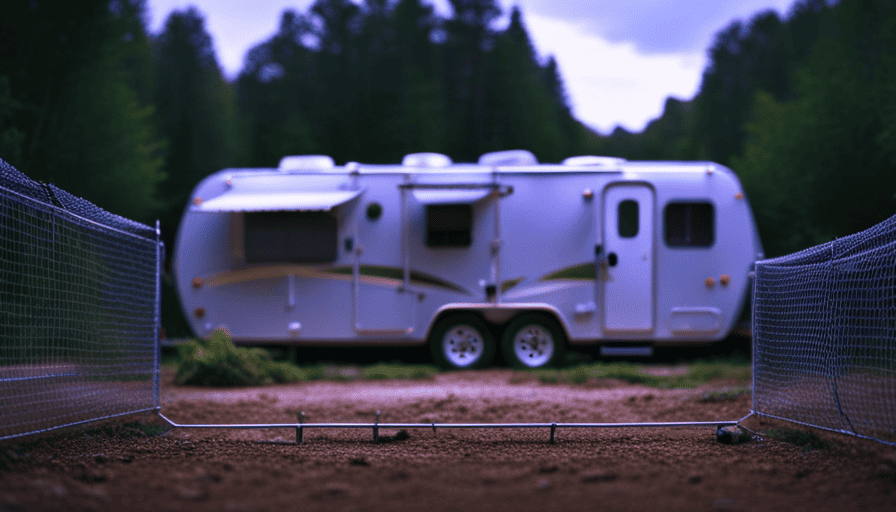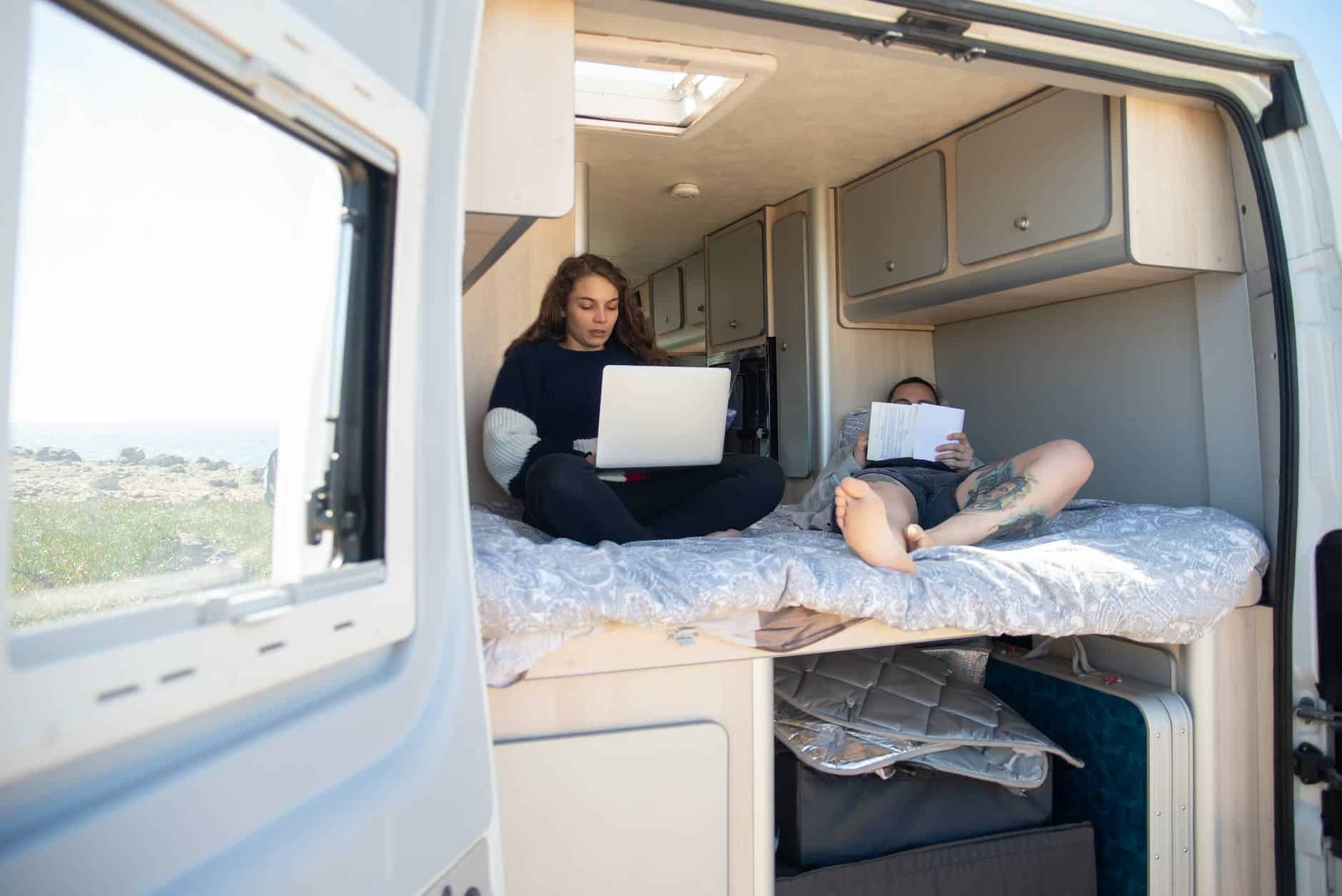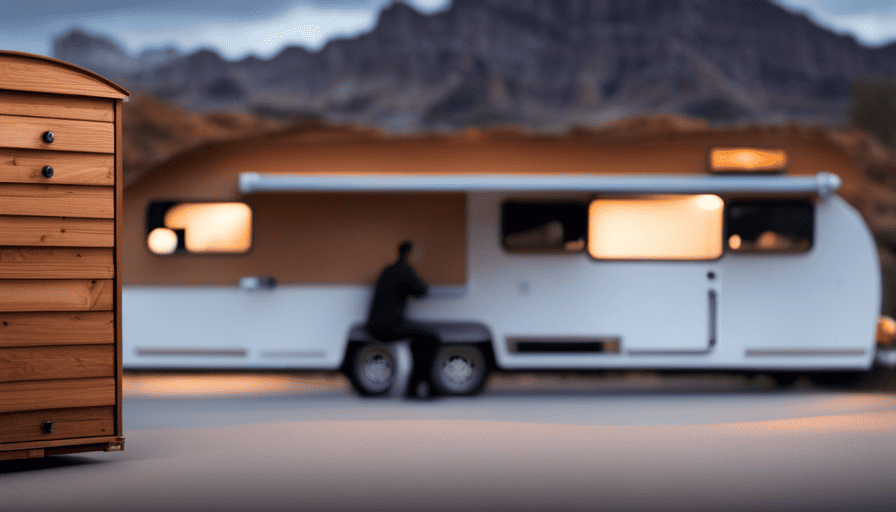If you are getting ready for a family trip to Redwood National Park in California with your kids, there are plenty of activities to keep them entertained. From exploring Stout Grove, walking along the Cathedral Trees Trail, to hiking down Lost Man Creek Trail, there are various recommended options. The guidebook provides information on the park’s main attractions, activities, and safety measures.

Stout Grove
Stout Memorial Grove is the quintessential redwood grove. It features ancient old-growth redwoods with a lush understory of ferns and redwood sorrel. The viewing platform offers a spectacular view of the Stout Tree which is the largest tree in the grove. Stout Grove is located near the Smith River and has a 0.5-mile trail.
Stout Grove is one of the best spots to see redwood trees in the park. You will find safety information and trail maps that kids will love. To protect the park’s trees, keep your footprints to a minimum. There are also many fun activities for kids to enjoy in Redwood National Park California.
Redwood National Park is a great place to introduce children to nature. The park is a great place to see the world’s tallest trees. Visitors can drive through one and explore its interior, or enjoy the beach and tide pools. The Junior Ranger Program is a fun and interactive activity that children will enjoy. This program is free and lasts approximately two hours.
Cathedral Trees Trail
The Cathedral Trees Trail is a great hiking trail for kids. This trail is surrounded by towering redwoods, quiet sounds, and muted lighting. It also features some of the largest trees in the Prairie Creek area. The trail is gentle in grade and has fern-lined paths. You will find many berries and other plant life along the trail.
This trail can be hiked in a variety of ways. You can make it short and looped for kids or go full-out to see the majestic redwoods. The trail also offers an out-and-back option, allowing you to enjoy the impressive trees on either side of the road.
Redwood National Park is famous for its majestic redwood trees. Other attractions are also available in the park. It is a World Heritage Site and an International Biosphere Reserve. There is something for everyone, whether you’re looking for a relaxing vacation, a romantic getaway or an adventure for the whole family.
Lost Man Creek Trail
There are several options for family bike rides in Redwood National Park California. The Lost Man Creek Trail is a great choice for those looking for a shorter ride. This trail runs through two redwood forests that were once logging roads. Make sure to wear water-resistant shoes for this trail because it passes through a creek. You can also hire a private guide for the ride to add some adventure. These guides will provide detailed information and history about the park.
Once you’ve parked your vehicle, you can begin your adventure. The road winds through a dense redwood grove with an understory of lush ferns. The road climbs steeply and crosses a new steel bridge. As you climb, the trees will become smaller. Soon, you’ll reach a flat redwood-covered streamside area.



















